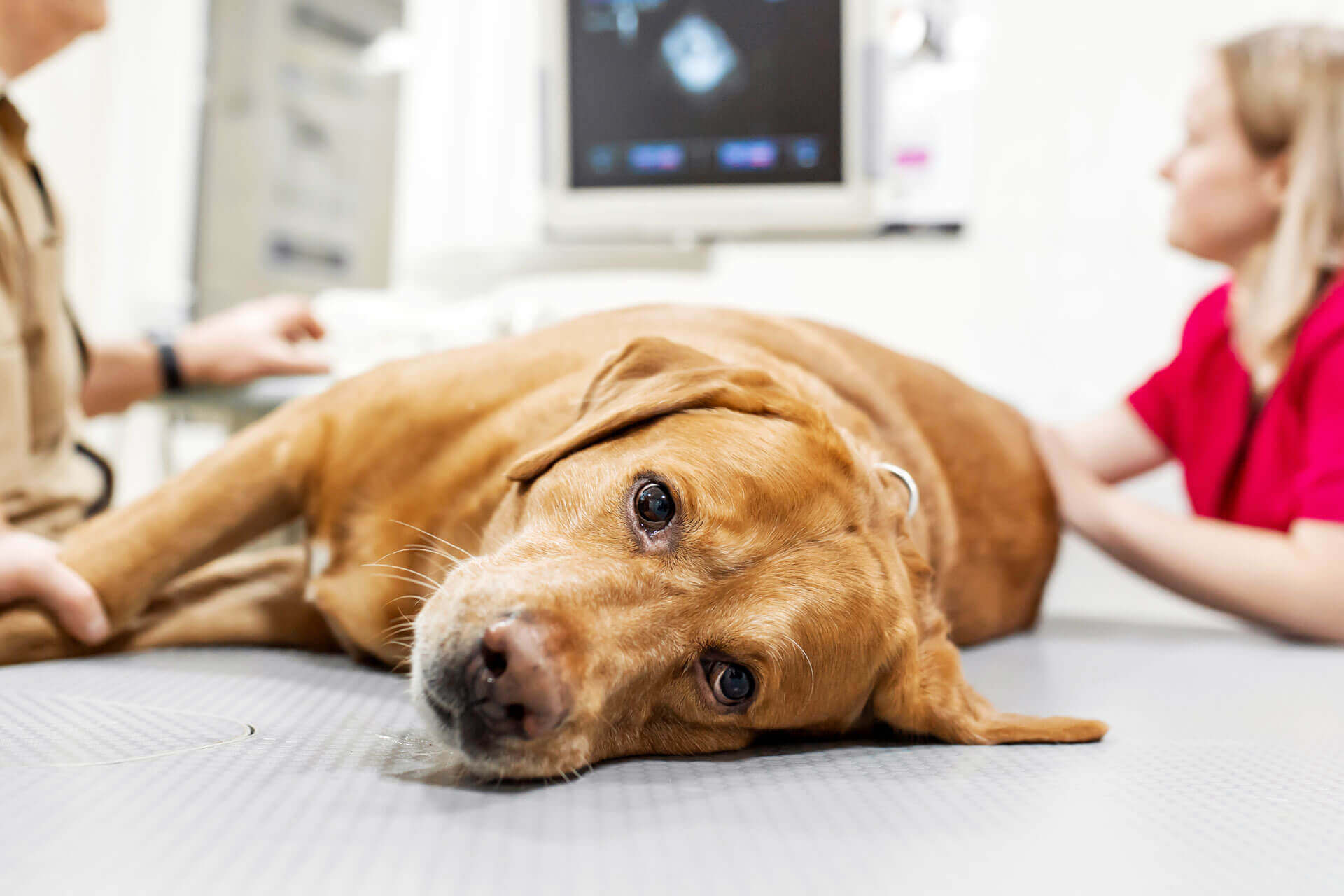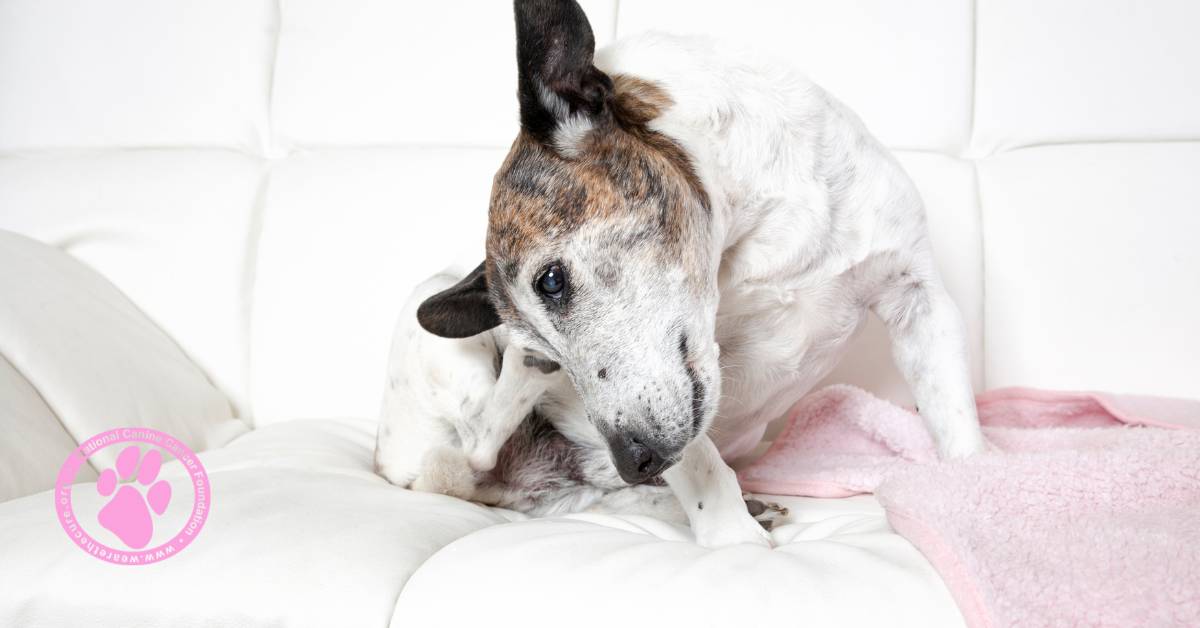Introduction:
The world of veterinary care is vast, and among the many health concerns our furry friends face, cancerous skin ulcers in dogs stand as a significant challenge. As veterinarians, our mission is not just to heal but to educate and empower pet parents to navigate these complexities.
Deciphering Cancerous Skin Ulcers in Dogs
Picture this: your loyal companion, your furry confidant, suddenly develops an unhealing sore or a suspicious lump on their skin. These are often signs of cancerous skin ulcers, medically termed cutaneous neoplasms, in our beloved dogs. They come in diverse forms, including mast cell tumors, squamous cell carcinomas, and melanomas, each posing its unique set of challenges.

Recognizing the Telltale Signs
Our furry pals have their ways of communicating distress. Owners should be on the lookout for red flags like:
- Persistently unhealed sores,
- Alterations in skin texture,
- Unexpected bleeding, or discomfort exhibited by their canine companions when an area is touched.
These signs, though alarming, serve as crucial indicators warranting a trip to the vet.
Recommended:
- Petco Review: The Power of Together
- PetSmart Review: Where Pets Inspire Us
- Hill’s Pet Nutrition Review: Pioneering Pet Health and Nutrition
- Royal Canin Review: Tailored Nutrition for Every Pet
- Chewy Review: Pet Care at Your Doorstep
The Diagnostic Journey
Stepping into our veterinarian’s office, the journey to unravel the mystery of these ulcers begins. A comprehensive physical examination is just the beginning. Through fine needle aspirates, biopsies, or sophisticated imaging techniques like X-rays or ultrasounds, the vet aims to decipher the nature and extent of the ulcer.
The Path to Treatment
Every dog and every case is unique. Treatment avenues vary based on the type of cancer, its stage, and the overall health of the dog. From surgical excision to chemotherapy, radiation therapy, or the promising realm of immunotherapy, veterinarians craft tailored treatment plans with the best interest of our furry patients at heart.
Nurturing Post-Treatment Care
Once the treatments conclude, the real journey begins. Regular check-ups become a norm, allowing vets to monitor for any signs of recurrence. The love and support provided by pet parents in creating a nurturing environment post-treatment significantly impact the recovery and well-being of their furry companions.

Conclusion
Cancerous skin ulcers on dogs are not just a medical challenge; they’re a testament to the bond we share with our pets. Timely intervention, coupled with compassionate care, can work wonders in navigating this challenging terrain. As veterinarians, our dedication extends beyond treatment; it’s about equipping pet parents with the knowledge and support needed to ensure the best possible life for our canine companions.
References:
- Vail DM, Thamm DH, Liptak JM. Withrow & MacEwen’s Small Animal Clinical Oncology. 5th ed. St. Louis, MO: Elsevier; 2019.
- Mullikin, A. D., & Sorenmo, K. U. (2019). An update on canine cutaneous mast cell tumors: biologic behavior, prognostic factors, and the role of kit in disease progression. Veterinary pathology, 56(1), 10-21.
- Goldschmidt, M. H., & Hendrick, M. J. (2002). Tumors of the skin and soft tissues. Tumors in Domestic Animals, 3, 45-117.
- American Veterinary Medical Association (AVMA)
- VCA Hospitals
- Journal of Veterinary Internal Medicine
- Canine Journal.com

